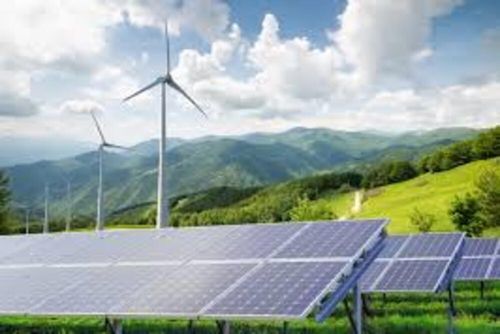
Copper at the Core of India’s Green Energy Drive
In India’s effort to build a sustainable future, copper has become essential for renewable energy. Often called the “metal of electrification,” copper is vital for technologies such as electric vehicles (EVs), solar panels, and wind turbines.
Recent reports from Goldman Sachs suggest that the share of copper used in green technologies, which was just 4% of total use in 2020, is expected to rise to 17% by 2030. This growth is largely due to the increasing demand for EVs and renewable energy, both of which depend heavily on copper. To reach its goal of net-zero emissions by 2070, India may need to increase its copper use by about 54% beyond current estimates for 2030, which could mean needing an additional 13 million metric tons each year.
According to S&P Global, by 2035, energy-related uses of copper in India are expected to require nearly 21 million metric tons. This increase reflects the rapid expansion of electric transportation and renewable energy systems. For instance, copper demand for EVs is projected to rise from around 2.7 million metric tons in 2022 to about 5.5 million by 2035. Offshore wind farms require around five metric tons of copper per megawatt, while solar farms use about 2.3 metric tons.
Despite this strong demand, India faces significant supply challenges. Current mining and recycling capacities may fall short, highlighting the need for new companies like Adani, as well as support for established players like Vedanta Sterlite Copper. The copper industry must address environmental regulations and public acceptance to meet future demands and support India’s climate goals.
